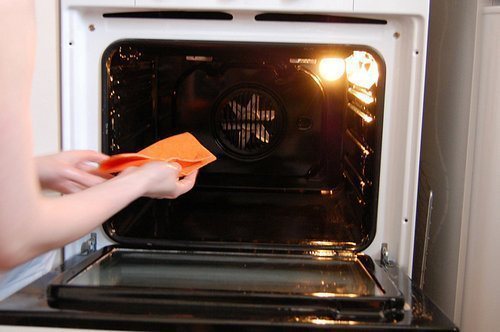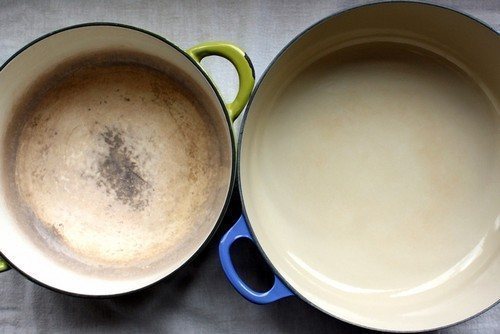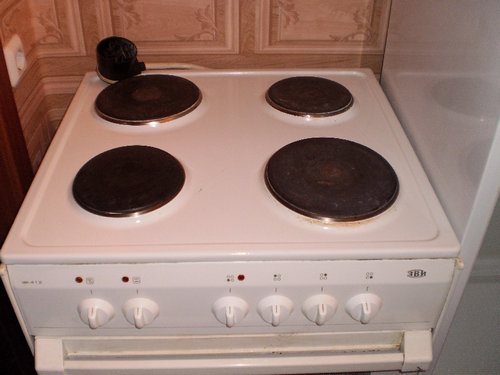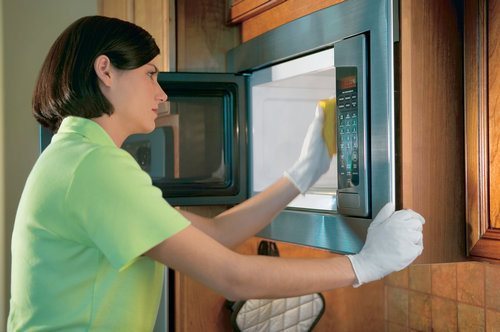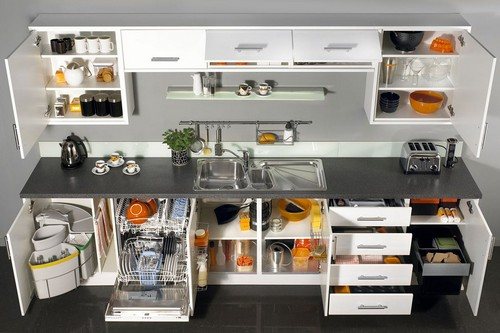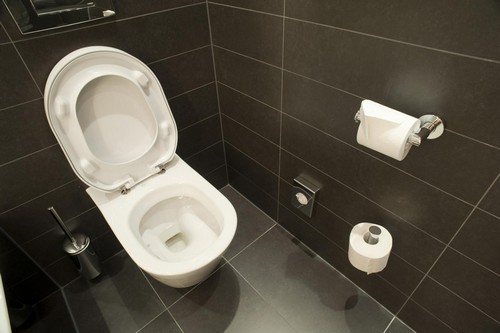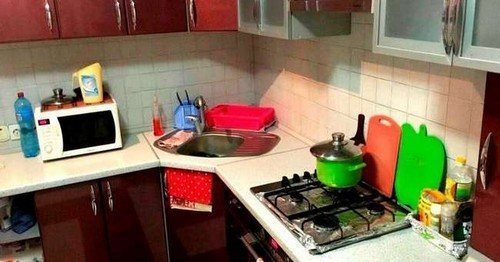Cooking food in the oven, using fire, or a microwave oven almost always involves the use of vegetable oils, margarine, and animal fats. Every housewife has more than once had to deal with unsightly stains, splashes, greasy smudges, deposits on the hob, wall surfaces, and kitchen cabinet doors. This problem can always be solved with the help of household chemicals or ordinary improvised means.
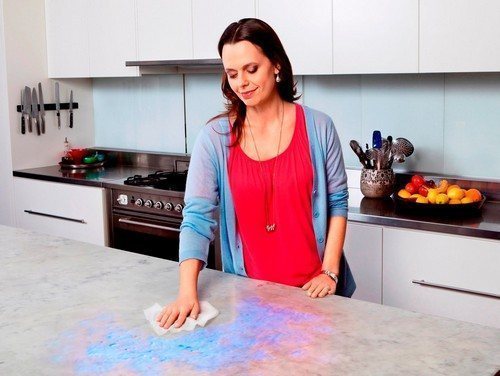
Supporters of safe, environmentally friendly, non-toxic cleaning products choose folk recipes for cleaning, using simple, inexpensive ingredients. You can clean cabinets, doors, countertops, and tiles using baking soda, mustard powder, baking powder, lemon juice or acid, vinegar, alcohol, and salt.
Housewives use folk remedies because they do not cause allergies, do not harm surfaces, are cheap, and are not inferior in terms of effectiveness.
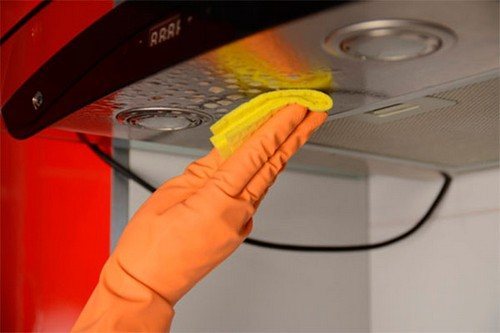
Soda
Soda is a universal household product used in the war against greasy deposits in combination with laundry soap, vegetable oil, and dishwashing gel:
Soap and soda solution
Grated laundry soap is diluted in a small amount of water until a cloudy solution forms. Apply soapy water to the contaminated surface with a sponge or rag. After a few minutes, apply soda powder, rub lightly and leave for 15-20 minutes. After this, rinse thoroughly with a damp cloth.
Soda and detergent
If you don’t have laundry soap on hand, you can replace it with any detergent. Take baking soda and liquid product in equal proportions, mix until smooth, apply to contaminated areas for 15-20 minutes, and also rinse with water.
Soda with vegetable oil
This method is ideal for cleaning furniture and natural wood facades. In a ratio of 1:2, mix soda with vegetable oil until a paste forms, apply the mixture in an even layer on the surface that requires cleaning, lightly wipe, leave for 20-30 minutes. Then remove the residue with a damp cloth. Vegetable oil creates a protective film, hiding scratches, defects and microcracks on the wood.
Method from the pharmacy
There is ammonia in every home. To prepare the cleaning product you will need 1 tbsp. l. dissolve in 1 liter of water. Moisten the contaminated areas with this solution (preferably from a spray bottle). Leave for 5-10 minutes, carefully rinse with a damp sponge. For persistent stains, it is worth increasing the exposure time or reapplying.
3% hydrogen peroxide will help defeat residual fat. It is, in fact, a safe substitute for chlorine. Destroys bacteria, copes with mold, fungi, and effectively dissolves the greasy layer of dirt.
Dry mustard
Mustard powder is great for tiles, sinks, facades with a dense protective layer, and cleaning household appliances. Mustard perfectly dissolves remaining fat. Moisten the dirty area with water and sprinkle with mustard. After a few minutes, without much effort, wipe with a dry cloth, then remove the remaining product with a damp cloth.
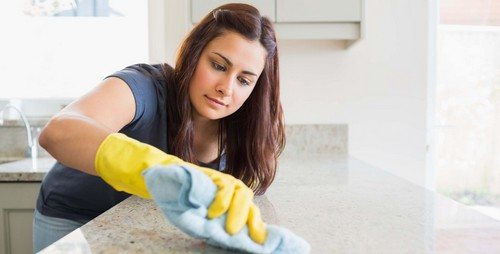
Vinegar
To get rid of a specific pungent smell, you can add a few drops of any essential oil to apple or table vinegar and treat the dirty areas with it. Or mix vinegar with water, alcohol/vodka in equal proportions, apply and leave for 10 minutes. Then treat the surfaces with a damp cloth. The vinegar solution can cope with greasy, limescale deposits.
Lemon juice and acid
In extremely advanced cases, you can clean furniture and the stove with lemon slices (sprayed juice). You need to thoroughly apply lemon juice for half an hour, then rinse with a sponge and blot with a dry paper towel.
It is better to use citric acid together with a detergent. To do this, dilute 1 tbsp. acid in a liter of water with the addition of a few drops of detergent, thoroughly spray the dirty areas, let it soak in and break down the fat. After 30 minutes, remove the remaining dirt with a damp cloth.
Table salt
A regular salt solution has antimicrobial disinfectant properties, can remove a thin layer of grease, and is suitable for regular weekly use on wooden facades and countertops.
Steam cleaning
More and more modern devices are coming to the aid of women. One of these is a steam cleaner. A stream of steam heated in a tank of air enters a hose with a nozzle under pressure and hits the dirt, completely dissolving it. This is a multifunctional device with a wide range of applications on materials resistant to moisture and temperature.
Melamine
You can easily wash off grease without abrasives, household chemicals, or improvised means using a melamine sponge.This is a material made from hardened melamine resin fibers with unique properties. Melamine reliably captures dirt, like an eraser. This sponge is easy to use; just moisten it with water, squeeze it out and remove the dirt.
Before you start cleaning your kitchen furniture, you should figure out which method will be optimal and suitable for a particular type of surface (metal, wood, glass, artificial, natural stone, tile, ceramics) so as not to damage or spoil the appearance.
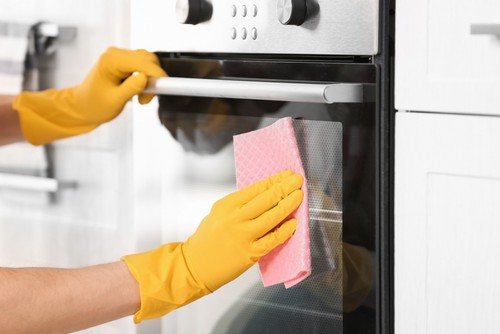
Recommendations before cleaning
Dealing with grease in the kitchen is easy if you follow some simple rules:
- When using household chemicals, try to carefully study the method of use and follow safety precautions;
- when using chemicals, pay attention to the characteristics of the surfaces being treated; it is better to first try on a small area;
- on smooth, painted, varnished furniture, glass inserts, ceramic panels, in order to avoid scratches, the use of metal and hard sponges and brushes is contraindicated; the best option is microfiber, flannel, cloth rags;
- For cleaning, it is preferable to choose gel-like, liquid products and pastes;
- when working with both chemistry and folk remedies, wear protective gloves;
- Sometimes re-application of the cleanser is required to completely get rid of fat;
- mandatory ventilation of the room.


